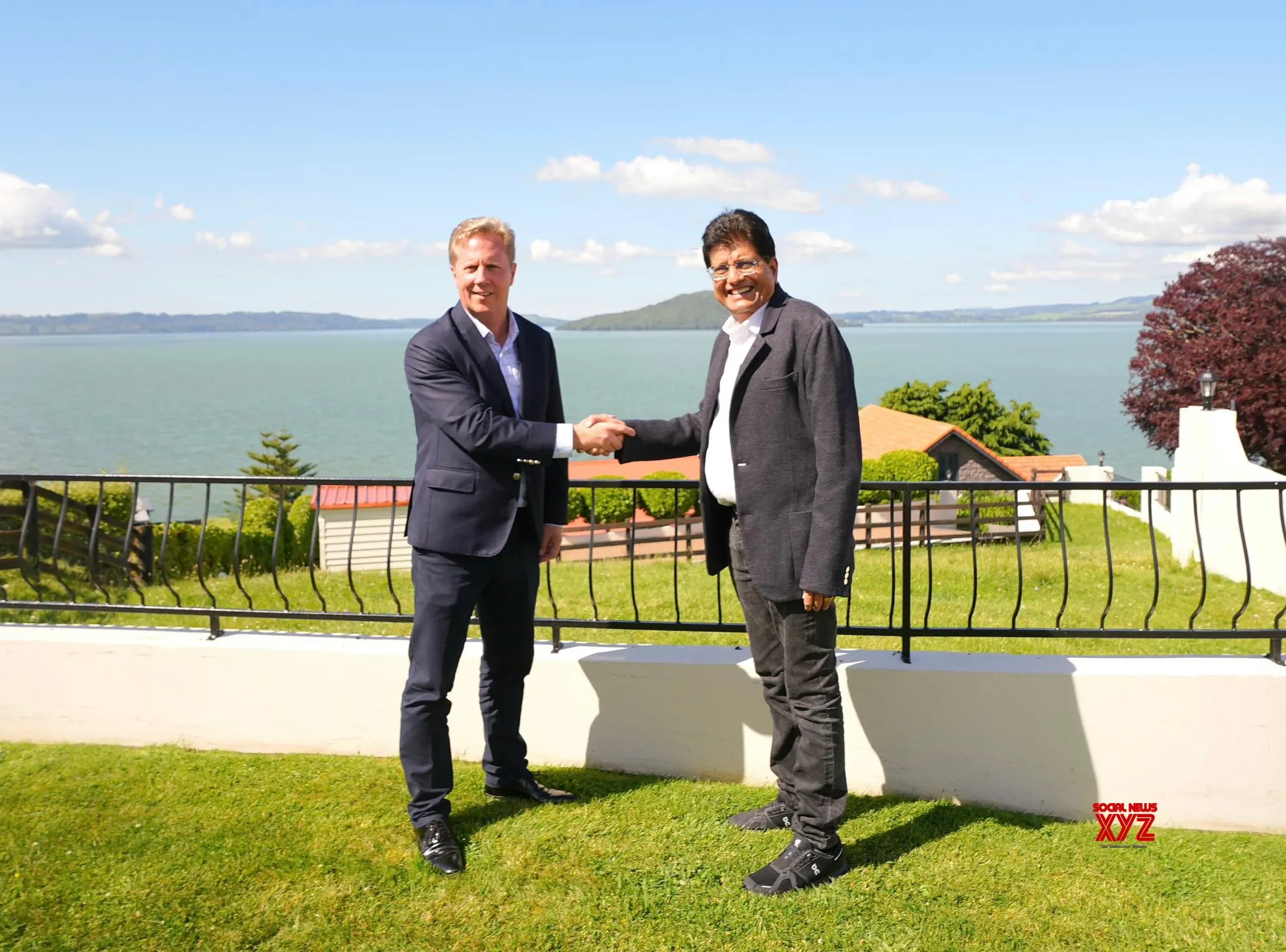Copyright sbs

b>SBS On Demand But one weekday morning, my happy life took a strange turn. Sitting down at my desk, I felt an electric jolt fire up the back of my neck. My world started to spin. I grabbed my desk for stability before losing feeling in one of my arms. I need fresh air, I thought, and walked out into the car park, shaking my non-responsive limb. But I didn't feel better. In fact, my knees buckled beneath me. The world looked weird, like I was looking out from a cockpit inside my brain. Thinking I'd had a small stroke, I asked a colleague to drive me to hospital. I tried to think of happy things, like the recent New Year's camping trip with my family to the Great Lakes of the NSW mid north coast. It had been a hot, humid summer, and we'd spent beautiful days swimming in lakes, and nights by the BBQ swatting insects. But at the emergency ward, I felt scared — what was happening to me? They took some vitals, told me I was having a panic attack, and let me go — completely disorientated. My wife had to come to pick me up. That was the beginning of weeks and weeks of trips to the emergency ward, because my legs couldn’t hold me, my hands had stopped working, or my vision had gone blurry. I would forget my words as I spoke, be unable to find the mugs in my kitchen, and struggle to leave the house. My GP was at a loss. Worried about my neurological symptoms, she referred me to neurologists, gastroenterologists and immunologists, all with months-long wait times. Anyone I did get to see told me I was stressed and anxious. About four months in, a friend who was a home care nurse mentioned that she saw people on her home visits with the same neurological symptoms, fatigue and brain fog as me. She told me they all had Lyme disease. There was one doctor who was helping them. When I finally got to see him, he recognised my symptoms immediately and sent my bloods off for the testing that everyone else had missed. The test came back positive. I thought about those insect bites from that camping trip, and the tick that had likely injected me with pathogens after feeding on an infected animal. This explained the red ring rash from one particular bite, plus the fevers and swollen glands I had experienced the following week. With a diagnosis at last, I was hopeful I could fix my problem and get back to mothering my baby, enjoying my family and doing the job I loved. Not so fast. The more I researched the disease, the more anxious I became. Some people never recover from Lyme disease, or struggle to work and participate in everyday life. I became desperate. In Australia, the Borrelia bacteria that causes Lyme disease has not been found in local ticks, so there is little evidence of its transmission here. My Lyme-literate doctor gave me antibiotics, in tablet form at first and then IV antibiotics several times a week as my condition deteriorated. He explained they would make me sick as they killed the bacteria in my system and wreaked havoc on my gut. I endured 18 horrendous months where I would take the medicine, become incredibly sick, stop the medicine and repeat. It felt like one step forward, two steps back. And it was all for nothing; my neurological symptoms were becoming more entrenched. I held my head in my hands and wept for it to be over. I was managing moment to moment, breathing through the nerve pain, trying to make sense of the conversations around me, and grieving the life I had imagined with my new family. I longed to be with them downstairs, but I couldn’t lift my head off the pillow. Through my research, I discovered there were more treatment options for Lyme disease in Europe, where transmission is officially recognised. I heard about hyperthermia treatment, which involves raising the body temperature in a controlled environment to around 42C, levels that are lethal to the Borrelia bacteria. I was determined to give it a shot, travelling with my mum to Germany to undergo a three-week intensive treatment in hospital, where I underwent a host of other supportive treatments between my hyperthermia sessions. It was true holistic healthcare. During my time at the hospital, I met 15 other Australians receiving treatment for Lyme disease. I've heard that hyperthermia treatment is offered in other hospitals in Germany as well as many other countries. The eight-hour hyperthermia sessions were brutal. I emerged from my anaesthesia exhausted and in a pool of sweat, begging for fresh air and water. The treatment had cost me around $30,000. But slowly I felt myself reemerging. I was able to walk in the park, eat out in restaurants and hold coherent conversations with other patients. I revelled in the sunlight, colours and presence of other people. In addition, my beautiful brain was back, with all its knowledge, wisdom and personality — ready to participate in life again now the blanket of infection and inflammation had been lifted. I was going to be okay. It wasn't a miraculous overnight cure. Back in Australia, there was more work to be done . My body and spirit had been through something big and I needed to convalesce and heal, which takes time. But I was able to go back to work, study again and be the mum and wife I desperately wanted to be. And a year later, we were able to welcome our second little girl into our family. I hate to think how I would have ended up without travelling to Germany, and I'm grateful every day for the support I had to make the trip. I would be a medical tourist again in a heartbeat. It saved my life. download our app subscribe to our newsletter



